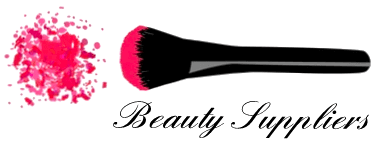Art1st Sketch Pad, Mediumweight Paper, 9′ x 12′, 50 Sheets
$2.47
500 in stock
Exercise your creativity with this Art1st Sketch Pad of premium drawing paper! This pad of unruled drawing paper is the perfect blank slate for you to let your imagination reign. The notepad comes with 50 perforated sheets of medium-weight, smooth paper, perfect for doodling, designing and coloring. Each page has a perforated edge which easily tears out so you can proudly frame or display your finished works of art. The durable sketchbook features a sturdy cardboard cover so that the crisp white heavyweight paper on the inside won’t get folded or crinkled. Fill these blank pages with unique designs and creative illustrations, or let your imagination run wild with silly doodles and wacky ideas. This 50 page book is the perfect blank canvas for you to track your progress and watch your drawing skills improve from start to finish.
Art1st Sketch Pad, Mediumweight Paper, 50 Sheets, 9-inch x 12-inch
- Durable cardboard cover
- 50 perforated sheets of paper per pack
- Suitable for ink, pastel, crayon and pencil
- Extra heavy chipboard back offers drawing support
- Acid and lignin-free
- Perfect for practicing pencil drawings
- Ideal for dry media
- Also works great for water colors arts and crafts
- Suitable for art class, theater set design, and other creative subjects
How to Become Better at Drawing:
1. Learn how to hold your pencil.
Place the pencil between your forefinger and thumb on your dominant hand. Try holding it about a fourth of the way up from the tip. For basic drawing, you don’t want to hold your pencil too close to the tip or you won’t be able to move it enough, while holding it too far back won’t give you enough control. Maintain a loose enough grip so that you can move your fingers, hand, and wrist.
2. Practice basic techniques
Practice drawing basic shapes freehand. A lot of what you draw is essentially made up of shapes like circles, ovals, squares, rectangles, and triangles. Your art will incorporate these shapes in different ways to form an image. Practice shading. Fill a sheet of drawing paper with 2 centimeter boxes and number them off. Leave the first block blank, then very lightly shade the first block. As you continue to each new block, make it a darker shade until the last box is colored in black, creating a shading gradient reference guide.
3. Draw what you see around you
The best way to improve your drawing abilities is going back to the basics! Find an ordinary object around you and begin drawing it. Look at how the light source casts a shadow on and around the object. You can tell where a light source is coming from because the shadow will be pointing opposite the light, and this will help you to understand how to shade an object and incorporate depth. Consider proportions and dissect the object into the basic shapes you practiced before.
| Dimensions | 9 × 6 × 1.5 in |
|---|
Only logged in customers who have purchased this product may leave a review.
Related products
Drawing & Coloring
Melissa & Doug Scratch Art Doodle Pad With 16 Scratch-Art Boards and Wooden Stylus
Drawing & Coloring
Derwent Pencil Extender Set, Silver and Black, For Pencils up to 8mm, 2 Pack (2300124)
Drawing & Coloring
Crayola Color Wonder Baby Shark Coloring & Activity Pad, 16 Pages, Child, Unisex

Reviews
There are no reviews yet.